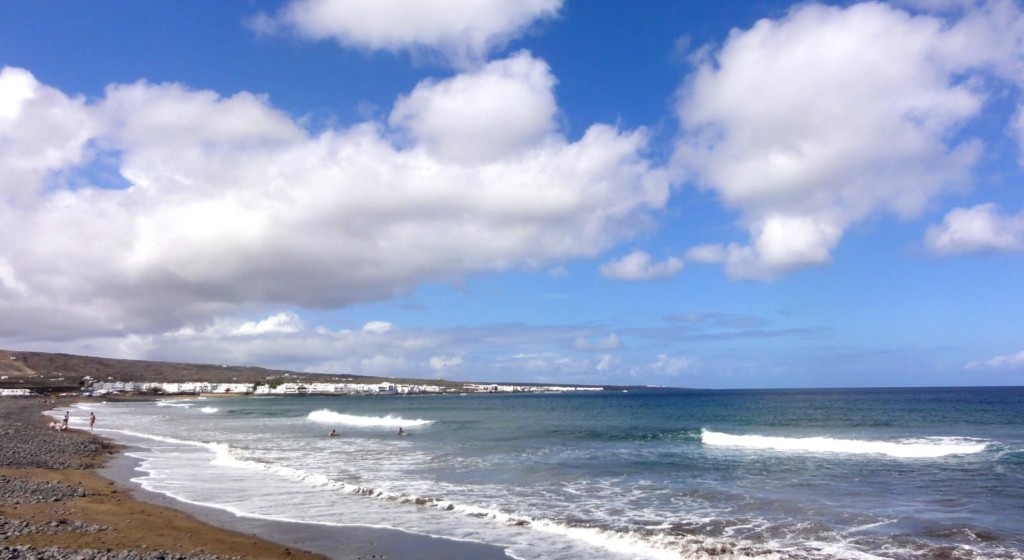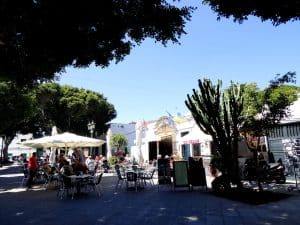Costa Teguise, Lanzarote
Like Puerto Del Carmen, Costa Teguise located to the east of Lanazrote is also a touristic center. The town of Costa Teguise is home to tourists and less locals. Here you will find the most diverse holiday accommodations. From simple apartments to 5 star hotels. There are numerous restaurants, cafe’s, pubs and shopping as well as car rentals along the beach promenade and throughout the town. Especially in the area of the Avenida de las Islas Canarias. In addition, you have four sandy beaches of natural origin. Playa de los Charcos, Playa de las Cucharas, Playa del Jablillo and Playa Bastián. All are maintained regularly for touristic needs. For every type of water sports you will find the ideal conditions. Windsurfers find particularly good conditions at Playa de las Cucharas. If you do not want to spend the day in the sun, you can visit the largest aquarium in the Canary Islands. Above Costa Teguise there is also a beautiful 18-hole golf course. A very special experience to visit this green oasis. The decision to either watch the ball or enjoy the fantastic view sometimes is quite difficult.
The resort, which was planned by César Manrique, also has an “old” village square. Although the square is artificially laid out, the largest gum tree on the island is here and the atmosphere is really idyllic in the Pueble Marinero. On Friday evening there is a small edition of the market of Teguise.
The Costa Teguise tourist center, about ten kilometers northeast of the island’s capital, Arrecife, was acquired by the Spanish industrial company Unión Explosivos Riotinto at the end of the 1960s. Then, the building of the new town began from the beginning of the 1970s to bring tourism in the municipality of Teguise.
César Manrique, the well-known lanzarote architect and environmentalist, was instrumental in the planning and execution, as well as in the garden and swimming pool facilities of the island’s first five-star hotel, Melia Salinas. The houses of the new holiday resort were built in lanzarotenian, white style with green or brown windows. The number of floors was limited to a maximum of two storeys. In some places the image has changed today by the construction of slightly higher, 3 and 4-star hotels.
From Costa Teguise there is especially to Arrecife and to Puerto del Carmen (during the day every twenty minutes) as well as to Teguise and also to Caleta de Famara (several times daily) a very good public bus connections.


































 Haría was often exposed to invasions and pirate attacks throughout his history. In the most devastating of 1586, almost the entire palms were burnt down. The neoclassical buildings at the Plaza de la Constitución date the 19th century, when Haría was temporarily the seat of a constituent assembly. Especially in the 1950s, when during the Franco era many inhabitants moved their homeland in Haría towards South America, Haría suffered under a land run. To this day some of the houses are empty.
Haría was often exposed to invasions and pirate attacks throughout his history. In the most devastating of 1586, almost the entire palms were burnt down. The neoclassical buildings at the Plaza de la Constitución date the 19th century, when Haría was temporarily the seat of a constituent assembly. Especially in the 1950s, when during the Franco era many inhabitants moved their homeland in Haría towards South America, Haría suffered under a land run. To this day some of the houses are empty.












































